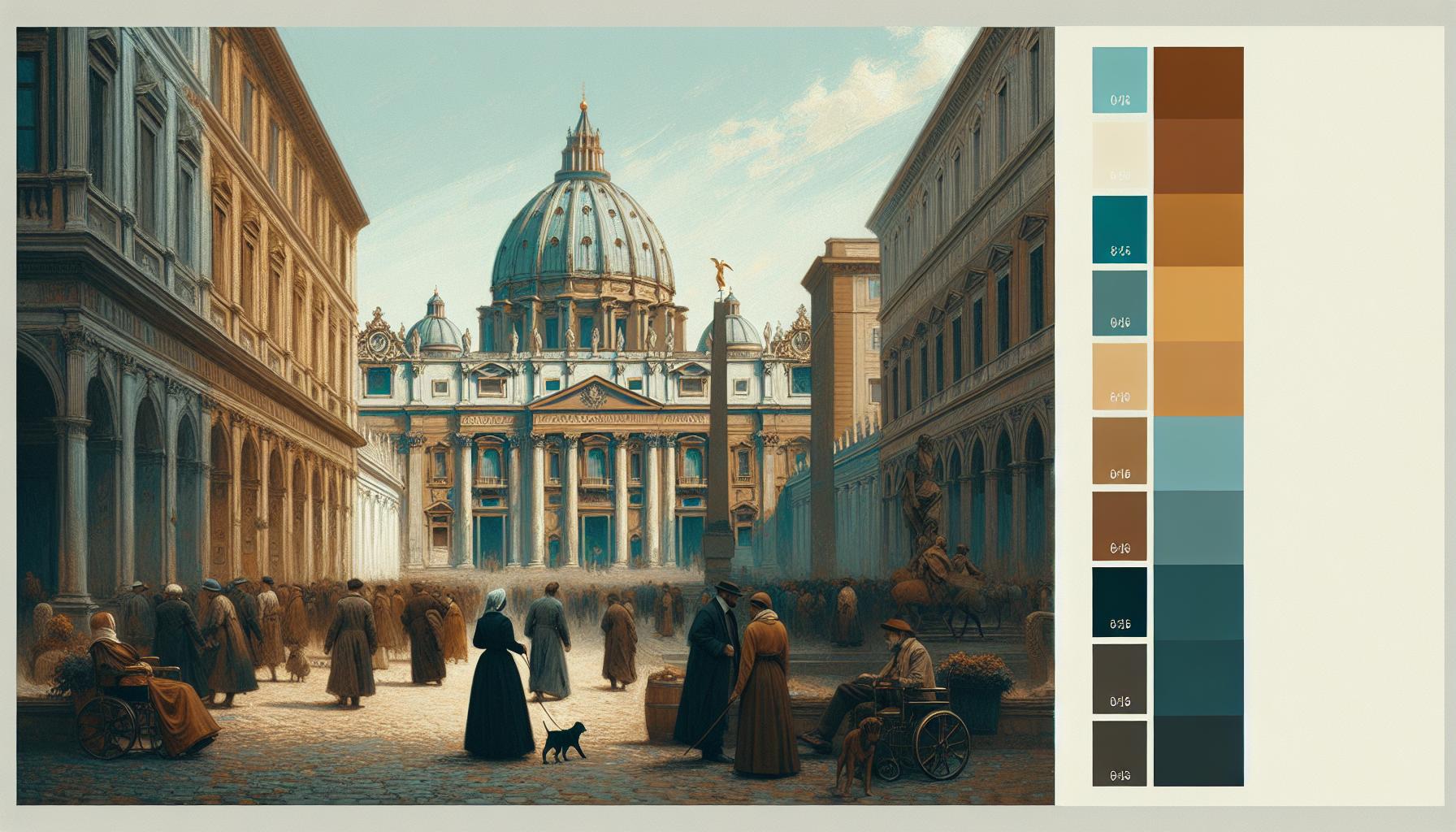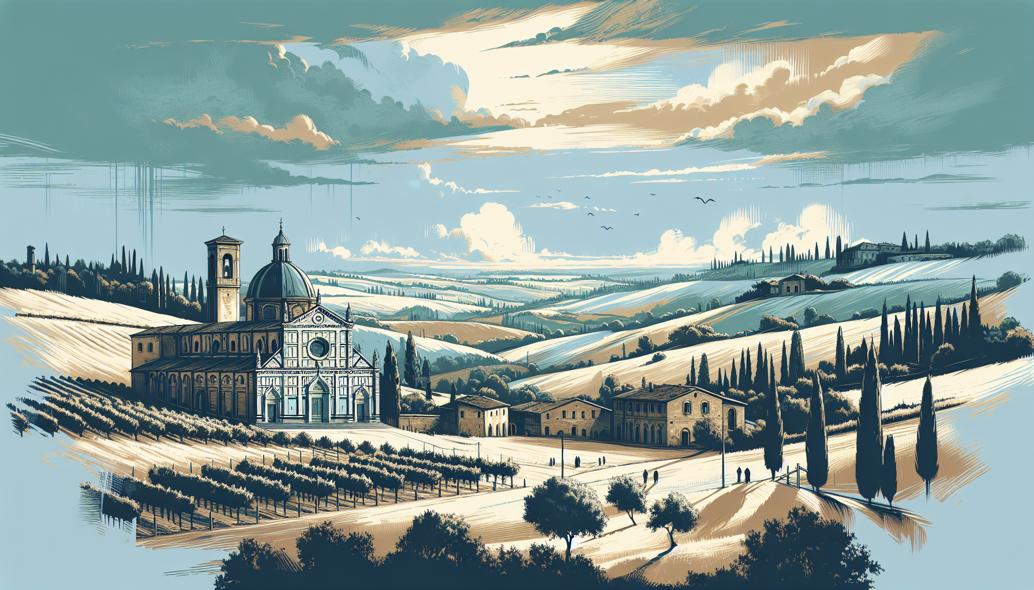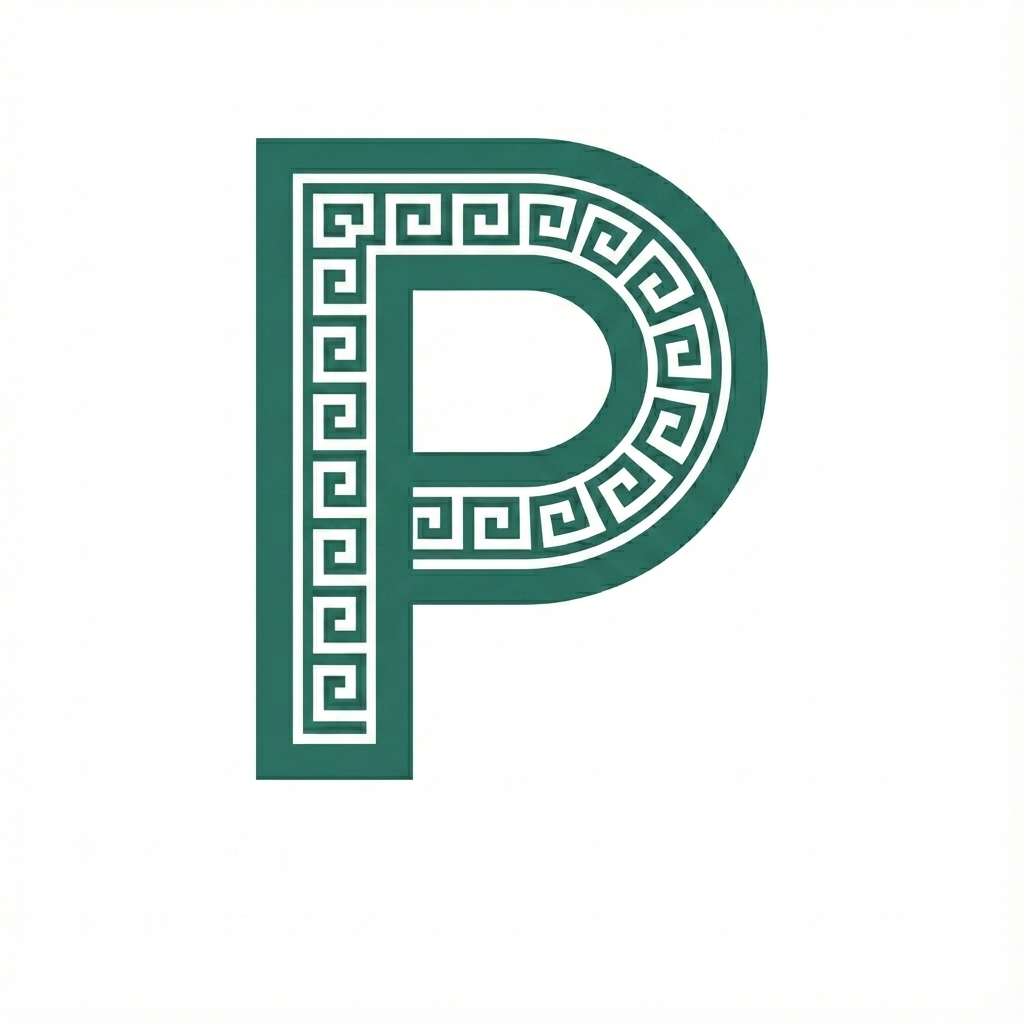Mastering Realism in Drawing - Advanced Techniques and Practices
Unlock the secrets to mastering realism in drawing with advanced techniques in perspective, anatomy, and shading. Transform your art from merely accurate to truly astounding!

Mastering Realism in Drawing: Advanced Techniques and Practices
Realism in drawing captivates audiences with its meticulous attention to detail and lifelike representation. While many artists may find their footing in realism through foundational techniques, mastery involves delving into sophisticated approaches that elevate a work from accurate to astounding. Here, we will explore advanced techniques in realism, focusing on perspective, anatomy, and shading to provide comprehensive insights and practices that push artists to their fullest potential.
Understanding Advanced Perspective in Realistic Drawing
Perspective is crucial in creating a spatial understanding that translates to powerful realism in drawing. As artists grow, mastering advanced perspective techniques demands a shift from conventional linear approaches to more complex and nuanced interpretations.
Advanced perspective involves multiple planes and vanishing points that capture the subtleties found in reflections, foreshortening, and depth. Engaging with exercises that include curvilinear perspective (which uses up to five vanishing points) can enrich your representation of space, particularly in urban or architectural scenes. Exploring atmospheric perspective, where color and detail fade with distance, adds an additional layer of realism and depth, crucial for landscape drawings.
Perfecting Anatomy: Beyond the Basics
Anatomy transcends basic proportion and structure—true mastery demands an intimate understanding of muscular and skeletal frameworks in various states of motion and repose. To excel, artists must practice life drawing regularly, capturing live models to observe dynamic poses and intricate anatomy interactions.
Focusing on anatomical landmarks is essential. These serve as anchors for muscle placement and skin movement, creating lifelike figures in realistic drawing. Advanced study could also involve comparative anatomy, where artists analyze and draw influences between human and animal forms, thus broadening their methodological repertoire and creative expression.
Harnessing the Power of Shading for Realism
Shading is the gateway to adding dimension, contrast, and texture to your drawings. Beyond basic light and shadow analysis, advanced realism requires mastering gradation and reflection. Techniques such as cross-hatching, stippling, and smooth gradients are vital for manipulating tonal values and textures to impeccable degrees.
Artists should practice the subtle art of chiaroscuro, which emphasizes strong contrasts between light and shadow. This technique not only dramatizes the composition but also enhances the perception of three-dimensionality. Exercises in reflective surfaces challenge artists to interpret light interaction, demanding meticulous attention to nuanced shifts in tone and reflection.

Developing Textural Precision
In realistic drawing, texture differentiation distinguishes surfaces and materials, adding to the illusion of reality. Textural mastery involves recognizing and emulating various tactile qualities, from soft and smooth to rough and coarse.
Artists must devote considerable practice to capturing textures like fur, skin, fabric, and metal, studying their distinct qualities under various light conditions. Using a multitude of techniques, including fine line work and granular pencil strokes, aids in replicating such diversity. It's beneficial to experiment with mixed media to achieve heightened realism in textures, leading to unexpected yet profound results.
The Importance of Reference and Observation
A keen eye for detail is supported by disciplined observation and the use of high-quality references. Photographing subjects from multiple angles ensures a comprehensive understanding of the subject, allowing artists to capture realism accurately.
Feeding Creativity with Art Practices
Engaging in collaborative practices and critiques with fellow realism-focused artists can offer fresh perspectives and constructive feedback. Consider joining forums, art communities, and workshops dedicated to realism art techniques. These platforms foster creative enrichment, inspiring new approaches and continual growth in artistry.
Elevating Through Digital Tools
While traditional methods remain pivotal, the integration of digital tools can enhance and streamline the artistic process. Software like Adobe Photoshop and Procreate allow artists to simulate textures, test colors, and adjust compositions quickly. These platforms come equipped with sophisticated brushes that mimic real-world mediums, aiding in the refinement of one's technique and offering an avenue for iterative exploration.
In Conclusion: Evolving Your Craft
Mastery in realism in drawing is a lifelong pursuit that combines rigorous practice, observation, and experimentation. Embracing advanced practices in perspective, anatomy, and shading will challenge and ultimately transform your artistic capabilities. By engaging deeply with these concepts and seeking feedback in collaborative environments, you nurture an ever-evolving skill set poised for astonishing realism.
For those committed to achieving proficiency at the pinnacle of realism, it is vital to remain curious and dedicated, allowing the blend of intuition, skill, and technological innovation to influence their artistic journey. As you deepen your practice, remember that each facet of improvement paves the path toward ultimate mastery in creating drawings that captivate with every glance.
Try the Picture Frame Generator
Upload your artwork, preview different frames, and download a realistic framed image in minutes.
Try the Picture Frame Generator